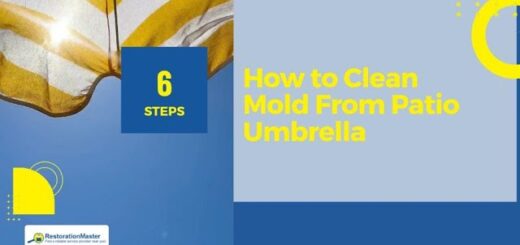What are ‘Dust Mites’?
Every time you read something about cleaning your home, you will come across a thing called Dust Mites. But what exactly are dust mites? What harm can they cause? How can we get rid of them? And how can they be prevented? Find the answers to the questions you have been asking here.
What are dust mites?
Dust mites are extremely small microorganisms which live in and around your home in places like your mattresses, curtains, carpets and any upholstery you may have. These mites are so tiny that they cannot be seen by the naked eye, and they feed off the dead skin cells that fall off humans and animals alike. These skin cells are referred to as dander, humans alone shed about 10 grams of skin cells a week which gather in carpets and sofa’s etc. and give dust mites plenty of substance to eat, cats and dogs create much more dander.
What harm dust mites can cause:
Dust mites are not carriers of any form of diseases, therefore to most people they are harmless, they can, however, cause allergic reactions.
Dust mite produces approximately 20 faeces every day which is the main cause of allergic reactions, these droppings are inhaled and can cause sneezing and itching. If the person inhaling or coming into contact with these dust mites is asthmatic or allergic to them it can cause their bodies to produce antibodies and release histamines which cause nasal congestions and helps to cause asthma attacks.

Reduce the amount of dust mites in your home
Symptoms to look out for:
• Runny nose or nasal congestion
• Itchy, red and/or watery eyes
• Itchy: roof of mouth, nose or throat
• Sneezing
• Hayfever
• Cough
• Difficulty in breathing (asthma)
• Facial pressure and/or pain
• Blue coloured and/or swollen skin under the eyes
• Waking up throughout the night
• In children: eczema and rubbing of the nose
The above symptoms worsen when the temperature is colder outside, when the windows and doors of the house are locked to keep out the cold, and the humidityHumidity is the amount of moisture or water vapor present in... More and temperatures within the home are increased. Poor ventilationVentilation is the process of exchanging or circulating air ... More and indoor air pollutionIndoor air pollution refers to the presence of harmful subst... More also contribute to these symptoms worsening. A doctor is able to confirm whether you have any dust mite allergies with skin and blood tests.
How to reduce the amount of dust mites in your home:
 It is impossible to completely get rid of the dust mites living in your home and feeding off your skin cells, however you can significantly decrease them. To give you an idea how many dust mites are probably within your home, in one mattress alone there can be tens of thousands, in one square yard of carpet there is approximately one hundred thousand, you can easily halve this number by following some simple tips:
It is impossible to completely get rid of the dust mites living in your home and feeding off your skin cells, however you can significantly decrease them. To give you an idea how many dust mites are probably within your home, in one mattress alone there can be tens of thousands, in one square yard of carpet there is approximately one hundred thousand, you can easily halve this number by following some simple tips:
• Control the humidityHumidity is the amount of moisture or water vapor present in... More levels of your house and ensure it is below 50%
• Use a mattress protector that you can remove and wash.
• Vacuum the mattresses and upholstery in your home using an upholstery attachment
• Wash bedding frequently, at least once a week and with hot water. Also frequently wash your quilts, pillows and curtains.
• Leave washed bedding, curtains etc. outside in direct sunlight, dust mites are killed in the sun.
• Consider taking up your carpets and having laminated, vinylVinyl is a durable synthetic plastic material commonly used ... More or tiles flooring for example, installed instead
• When you dust your home, use a damp cloth to which the dust will cling to, this will ensure the dust is gathered and removed rather than spread around the room.
• Vacuum your floors and carpets daily, clean all surfaces with disinfectantA disinfectant is a chemical substance used to kill or inact... More and mop hard floors.
• Consider bringing in a cleaning company specialising in identifying and removing dust mites.
More info: http://www.londoncleaners.co.uk/rug-cleaning/












